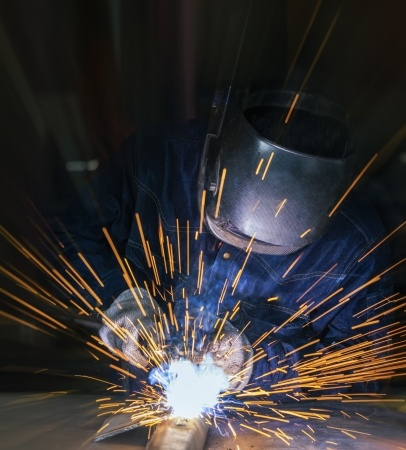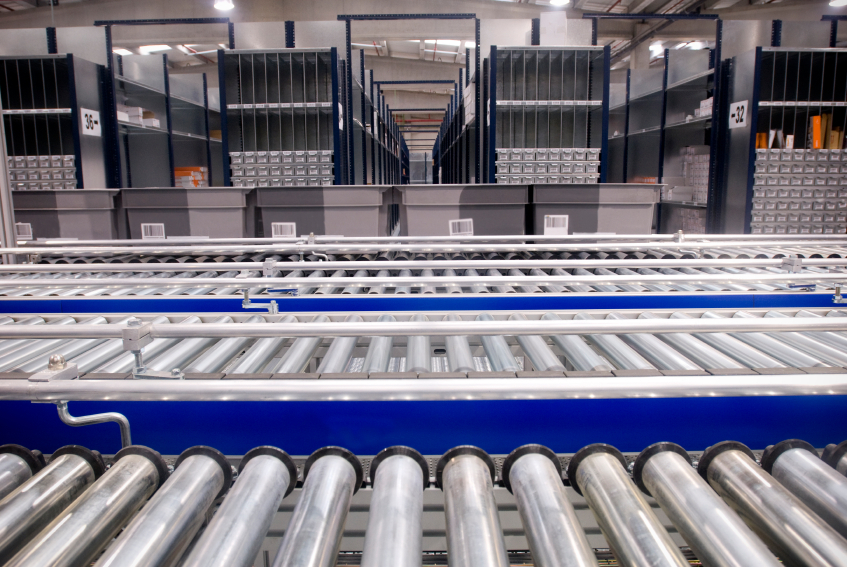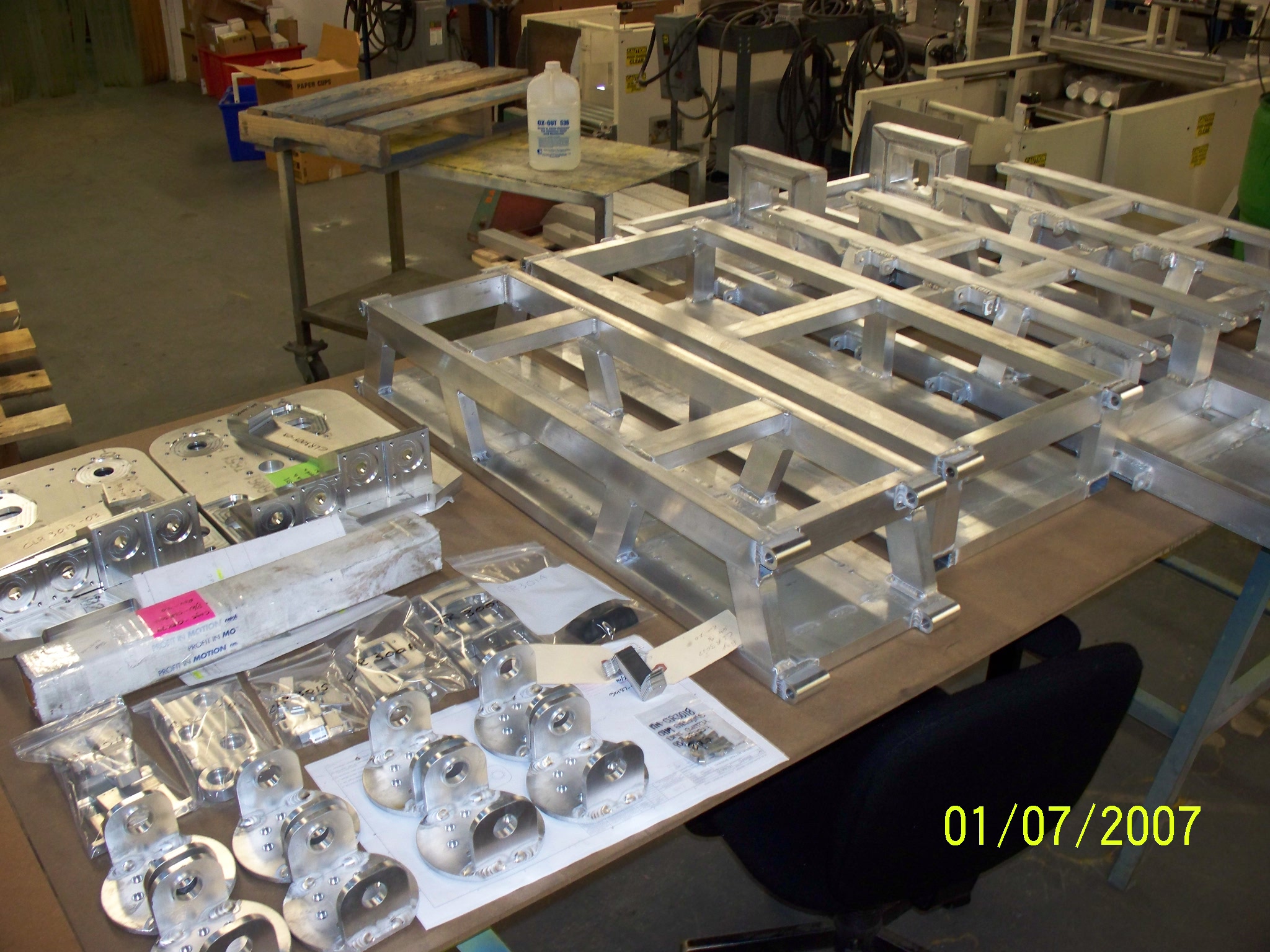Drag chains are simple guides that are used to surround and guide different types of cables and hoses. They help to minimize the amount or wear and tear on the hose or cable that they protect while helping ease the degree of tangle that sometimes occurs due to extended lengths of hose. Drag chains can be adjusted to accommodate horizontal, vertical, rotary and three dimensional movements.
Early examples of drag chains emerged during the 1950s. They were constructed of metal, typically steel. Different types of configurations made it possible for the drag chain to be incorporated into pneumatic and hydraulic hose designs. This increased the efficiency of the hoses used for a variety of different automated machinery used in manufacturing facilities.
Different types of drag chains used today include:
- Open
- Closed
- Low noise
- Cleanroom compliant
- Multi-axis movement
- High load resistant
- Chemical, water and temperature resistant
Different designs of drag chains might allow the protected hose or cable to be bent in one direction without impacting the function of the hose. One example would be a hose that is used to direct a steady flow of air for cleaning purposes that can easily be bent in order to direct the nozzle into tight spaces where dirt and other debris might collect. The purpose of the chain prevents the hose from cracking or becoming weakened by the bending action. This ensures that the air flow remains consistent. Additionally the chain protects the operator from an uncontrollable burst of air due to a collapsed hose.
Drag chains can be used to protect hoses and cables in a wide variety of different settings. For example drag conveyor chains might be used in automated car washes and in production facilities such as oil rigs. Other types of tools commonly used in construction use hoses and cables that are protected by drag chains. Examples of these include cranes and forklifts. Since drag chains can be used with a variety of different hoses able to carry a flow of liquids, gases, electrical currents or data, there is really no application where a drag chain will not be helpful.
Bay Industrial Group specializes in solving complex manufacturing problems. The expert automation designers, project managers, fabricators and welders at Bay Industrial Group are highly trained and experienced to work with a wide variety of industries in order to locate and create solutions to problems in their manufacturing processes. For more information please contact Bay Industrial Group today.






 An industrial robot is an automatically controlled, reprogrammable, multipurpose manipulator that is programmable in three or more axes. Today, industrial robots are used for a variety of different manufacturing applications including:
An industrial robot is an automatically controlled, reprogrammable, multipurpose manipulator that is programmable in three or more axes. Today, industrial robots are used for a variety of different manufacturing applications including: